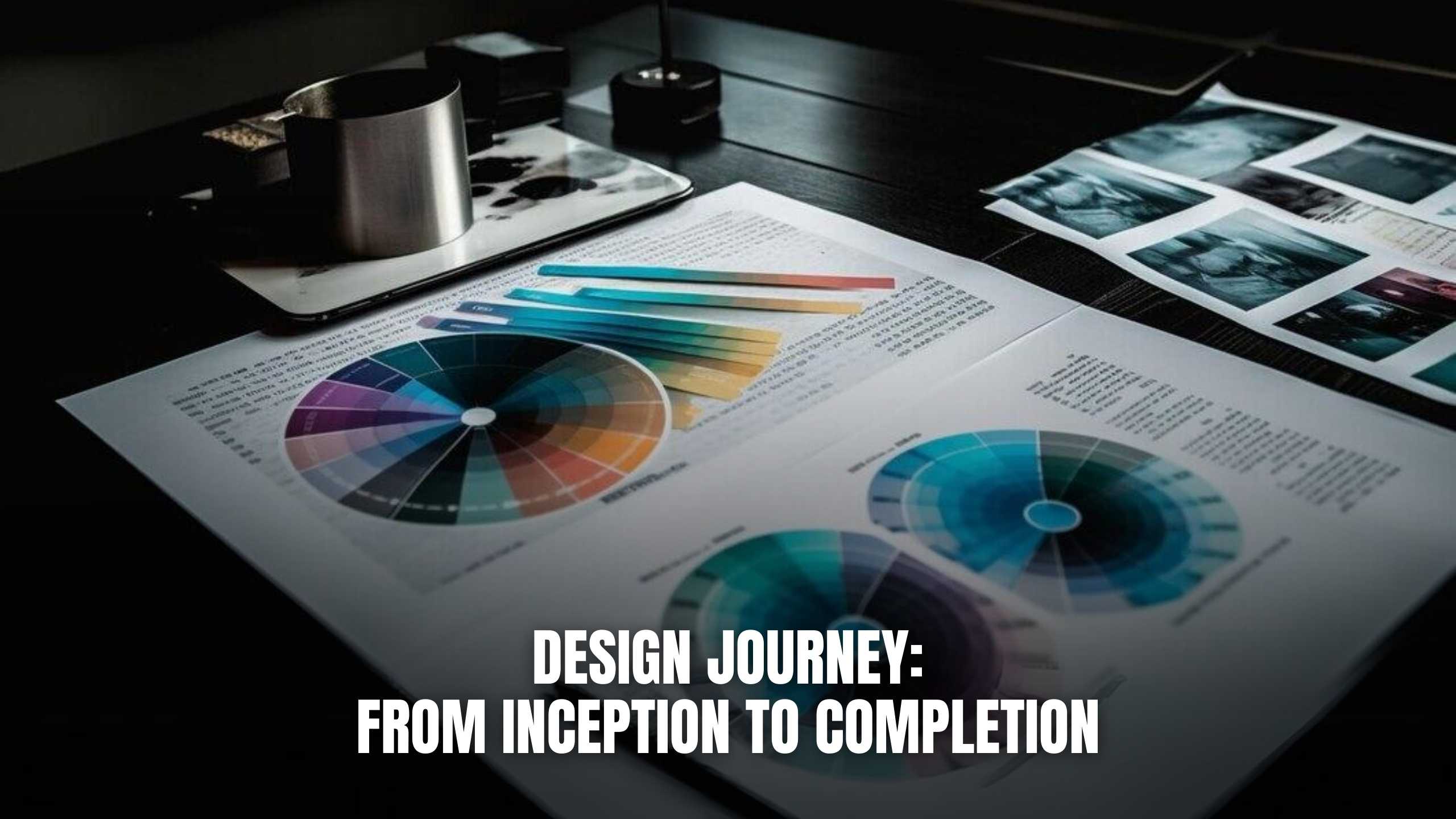Design Journey: From Inception to Completion
- WebOps Platforms Bug Tracking & Feedback Software Web Development & Design


Design Journey: From Inception to Completion
Embarking on a design journey is a multifaceted process that encompasses creativity, strategy, and technical skills. In this comprehensive exploration, we will navigate the intricate path of a design project, from its inception to the final, polished completion.
1. Understanding the Client’s Vision: The Inception Phase
At the genesis of any design project lies the crucial step of understanding the client’s vision. Through detailed discussions, brainstorming sessions, and perhaps initial sketches, designers delve into the client’s goals, preferences, and target audience. This phase lays the foundation for a collaborative and informed design process, ensuring that the end result not only meets but exceeds the client’s expectations.
2. Research and Inspiration: Illuminating the Path
Once the client’s vision is clear, designers embark on a journey of research and inspiration. This involves exploring design trends, studying competitors, and drawing inspiration from various sources. Establishing a solid design framework at this stage ensures that the subsequent creative process is guided by a well-informed aesthetic. Designers often immerse themselves in a variety of sources, from art movements to contemporary design blogs, to draw insights that can elevate their work.
3. Sketching and Wireframing: Crafting the Blueprint
With insights gained from the research phase, designers transition to sketching and wireframing. These visual representations serve as the blueprint for the design, mapping out the structure and layout. It’s a critical step to visualize the overall design flow, ensuring alignment with the client’s vision and design principles. Sketching and wireframing not only provide a roadmap but also offer a platform for experimentation, allowing designers to explore multiple creative possibilities before settling on a final direction.
4. Digital Prototyping: Breathing Life into Concepts
Advancing from the analog to the digital realm, designers create interactive prototypes. Tools like Adobe XD or Sketch enable the transformation of static wireframes into dynamic representations. This phase allows for user interaction testing and provides a more realistic preview of the final product. Digital prototyping is not just about functionality; it’s a dynamic phase where designers fine-tune the user experience, ensuring seamless navigation and engagement.
5. Design Refinement: Iterating for Excellence
The design journey involves several iterations, refining and enhancing the visual elements. Client feedback plays a pivotal role during this phase, guiding designers to make adjustments and improvements. The iterative process is not just about addressing issues but also about pushing creative boundaries to achieve excellence. This collaborative refinement ensures that the final design aligns seamlessly with the client’s expectations and market standards.
Relevant SaaS Products for Designers:
- Adobe Creative Cloud: A comprehensive suite including Photoshop, Illustrator, and XD, Adobe Creative Cloud is a staple for designers, facilitating the creation and refinement of visual elements.
- Sketch: Sketch is a powerful design tool tailored for digital interfaces. Its intuitive interface and collaborative features make it a favorite among UX/UI designers, enabling seamless collaboration and version control.
- InVision: InVision streamlines the digital prototyping process, allowing designers to create interactive and user-friendly prototypes for effective testing. Its real-time collaboration features foster efficient communication within design teams.
- Figma: Known for its collaborative features, Figma enables real-time design collaboration, making it an ideal choice for teams working on design projects. Its cloud-based platform ensures accessibility and easy sharing of design files.
- Canva: Canva caters to both designers and non-designers, offering an easy-to-use platform for creating visually appealing graphics and designs. Its extensive library of templates and user-friendly interface make it a versatile tool for various design needs.
Conclusion
The design journey is a dynamic and collaborative process that transforms concepts into tangible, visually compelling outcomes. From understanding the client’s vision to iterating and refining the final design, each phase contributes to the overall success of the project. As designers navigate this intricate journey, the use of cutting-edge SaaS tools enhances creativity, collaboration, and efficiency, positioning them for success in a competitive design landscape.
Elevate Your Design Process with Subscribed.fyi!
Ready to enhance your design journey? Subscribed.fyi offers exclusive deals on essential SaaS tools for designers. Sign up for free to unlock secret deals and access savings on Adobe Creative Cloud, Sketch, InVision, Figma, and Canva. Elevate your design process, streamline collaboration, and stay ahead in the competitive design landscape with Subscribed.fyi.
Relevant Links:





